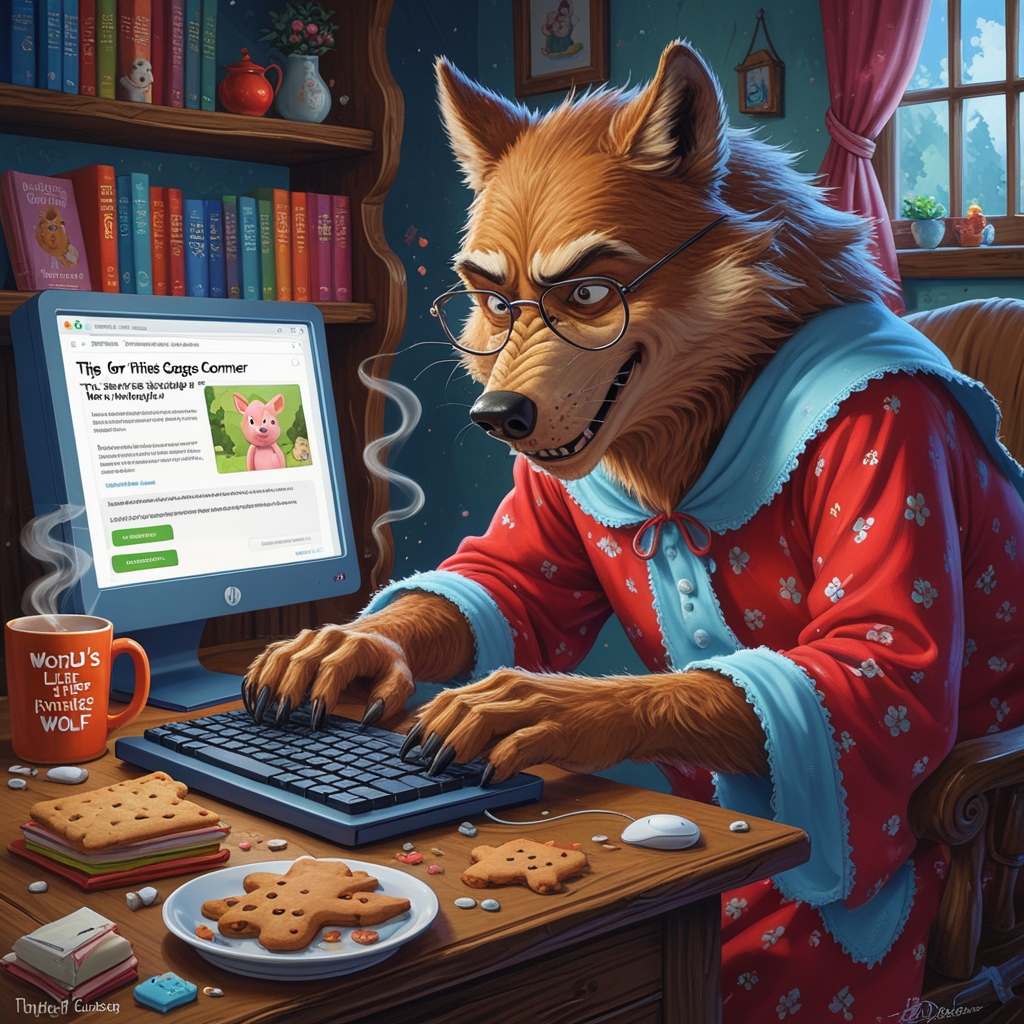
Beyond “Happily Ever After”: Why Fairytales Still Matter (Even in the Age of TikTok)

Let’s be honest, sometimes fairytales feel a bit… outdated, right? In a world of instant gratification, hyper-realism, and endless streaming options, who has time for damsels in distress, magical beans, and overly-complicated royal succession? But before you dismiss these stories as relics of a bygone era, let’s consider the enduring power of the fairytale.
Because, believe it or not, fairytales are still relevant. Shocking, I know. But stick with us, and we’ll explain why, even if you haven’t picked up a fairytale book since you were knee-high to a grasshopper.
Why Fairytales Matter: A Few Compelling Reasons
So, what makes these seemingly simple stories so impactful, even today? Here are a few key reasons:
- Morality Tales in Disguise: Fairytales are often thinly veiled morality lessons. They teach us about good vs. evil, the importance of honesty, the consequences of greed, and the virtues of kindness and courage. Sure, the delivery might be a bit heavy-handed sometimes (stepmothers, am I right?), but the underlying messages are timeless. Remember the old saying, “Honesty is the best policy”? That lesson has been around for a long time, and fairytales are a great way to illustrate it.
- Cultural Touchstones: Fairytales form a shared cultural language. They’re part of our collective consciousness. We all know who Cinderella is, what the Big Bad Wolf represents, and why you shouldn’t trust a stranger bearing apples. This shared understanding creates a common ground that transcends generations and backgrounds. They’re like the memes of yesteryear, except with more talking animals and less ironic detachment. This creates what some researchers call, “shared cultural memory.”
- Psychological Blueprints: Believe it or not, fairytales tap into deep-seated psychological archetypes. Carl Jung would have had a field day with Snow White and her symbolic apple. These stories explore universal human experiences, fears, and desires. They provide a safe space to grapple with complex emotions and explore the darker aspects of the human psyche. And sometimes, they just give us a good excuse to be afraid of the dark.
- Seeds of Imagination: Fairytales spark our imaginations. They transport us to fantastical worlds, introduce us to magical creatures, and encourage us to believe in the impossible. This sense of wonder is crucial for creativity and innovation. After all, who would have invented the internet if they hadn’t first dreamed of a magic mirror that could connect people across vast distances? (Okay, maybe that’s a stretch, but you get the point.)
- Empowerment and Resilience: While some traditional fairytales can be a bit… problematic in terms of gender roles (we’re looking at you, Sleeping Beauty), many also showcase characters who overcome adversity, defy expectations, and ultimately triumph over evil. These stories teach us about resilience, determination, and the power of believing in ourselves, even when the odds are stacked against us. Think of Cinderella going from cleaning ashes to dancing at the ball! If that isn’t a testament to self-improvement, what is?

Fairytales in the Modern World: From Disney to Dystopian Fiction
The influence of fairytales is everywhere in modern Western culture. From Disney movies to Broadway musicals to bestselling novels, these stories continue to be reimagined, reinterpreted, and adapted for new audiences. Think about:
- Disney’s Everlasting Influence: Disney’s adaptations have shaped our understanding of many classic fairytales. While their versions aren’t always faithful to the original stories, they have introduced these tales to countless children and cemented their place in popular culture.
- Subversive Retellings: Authors like Angela Carter, Neil Gaiman, and Gregory Maguire have taken fairytales and turned them on their heads, exploring darker themes, challenging traditional gender roles, and questioning the very notion of “happily ever after.”
- Fairytale Tropes in Genre Fiction: From fantasy novels to dystopian thrillers, fairytale tropes (evil queens, enchanted forests, chosen ones) are constantly being repurposed and reimagined in genre fiction. They provide a familiar framework for exploring new ideas and themes. “The hero’s journey” is a prominent theme we’ve discussed here as well.
Even TikTok is full of fairytale-inspired content, with users creating modern interpretations of classic stories, reimagining characters, and sharing their own fairytale-esque experiences. (Okay, maybe not all of it is high art, but it’s definitely proof that these stories still resonate with a younger audience.)
Why Reimagining Matters (And Why We Exist)
At Fairytales: ReImagined, we believe in the power of fairytales, but we also recognize the importance of reimagining them for a modern world. We’re not about blindly accepting the old narratives. We’re about questioning, exploring, and creating new stories that reflect the complexities and challenges of our time. Check out our podcast! .
Because, let’s face it, the world has changed a lot since Sleeping Beauty was taking extended naps. And it’s time our fairytales caught up.
Your Thoughts?
What’s your favorite fairytale, and why does it still resonate with you today? We’d love to hear your thoughts!
- Leave a comment below and share your favorite fairytale and why it still matters to you. What lessons have you learned from it?
- Subscribe to our blog for more insights into the world of reimagined fairytales.
- Tune in to our podcast, Fairytales: ReImagined, on Spotify or Apple Podcasts
- Join our newsletter!
Because the story’s just getting started…
